How ChatGPT can help you eat healthier - AI tips to get back on your health kick
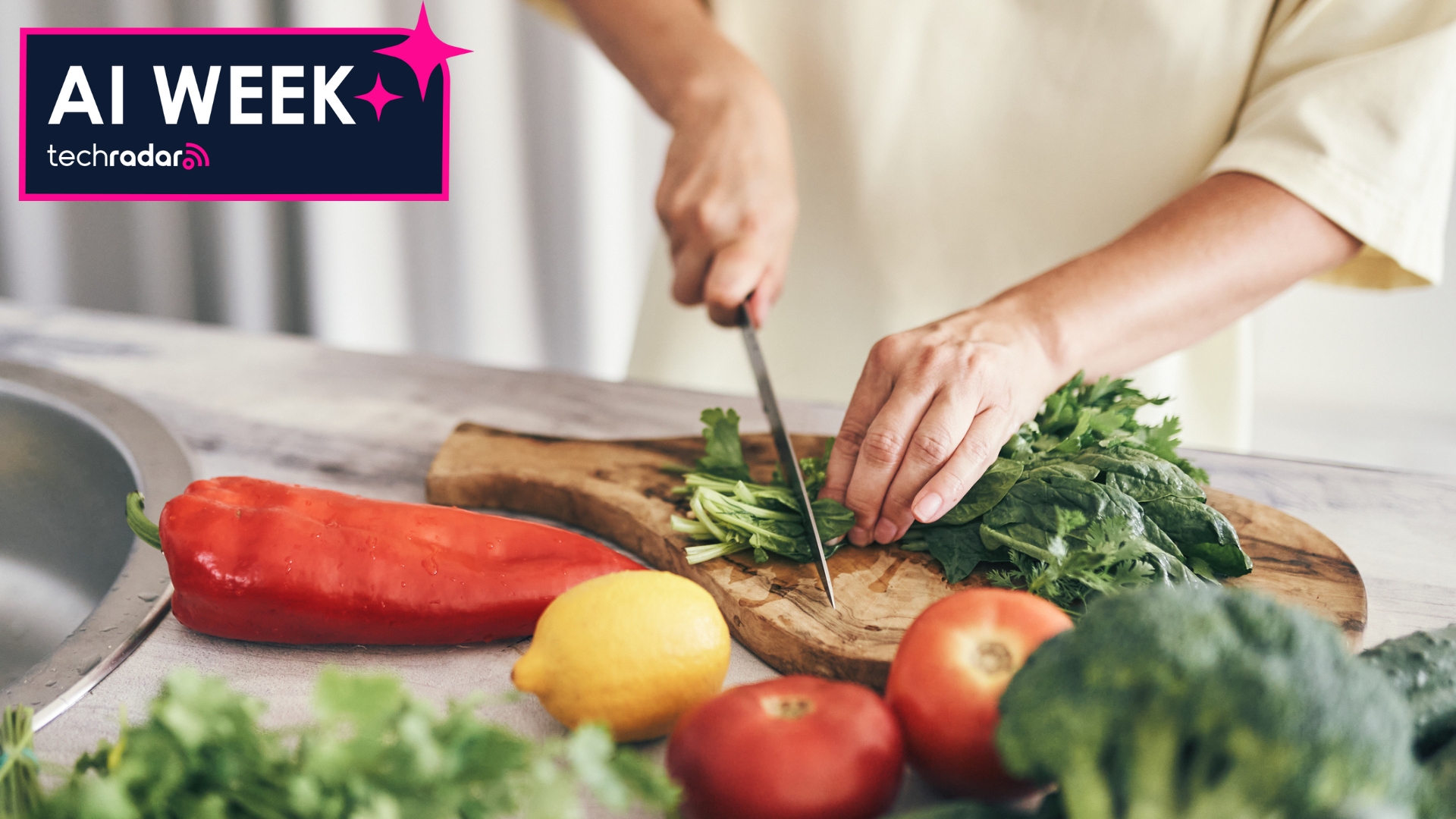
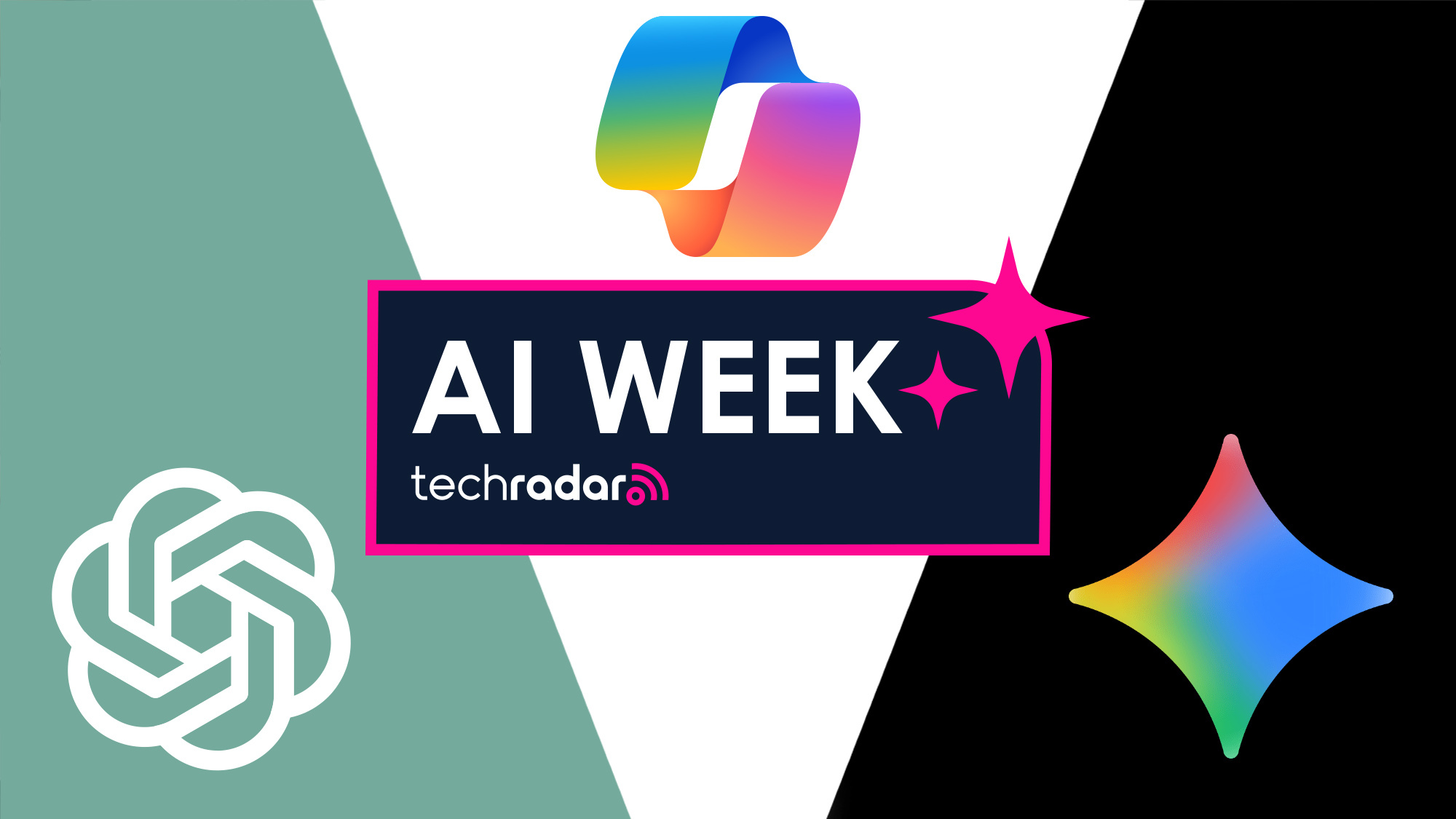
This article is part of TechRadar's AI Week 2025. Covering the basics of artificial intelligence, we'll show you how to get the most from the likes of ChatGPT, Gemini, or Claude, alongside in-depth features, news, and the main talking points in the world of AI.
Cooking at home sounds simple in theory. You buy ingredients, follow a recipe, and enjoy the result. In practice, it’s a lot messier. You either forget to plan, buy random food that doesn’t quite fit together, or find yourself staring at the fridge at 7 p.m., wondering what to make. That’s why meal planning has become one of the most common uses for ChatGPT.
Instead of juggling recipe books, budget spreadsheets, and supermarket offers, you can just ask AI to sort it out. It won’t cook for you, but it can make sure you’re never stuck eating cereal for dinner again.
Breaking the blank page
The hardest part of meal planning is figuring out what to cook. Ask ChatGPT for “five quick dinners for two people under £30” and you’ll get a full menu with recipes. Want a balance of vegetarian and meat? Add that to the prompt. Prefer one-pot meals because you hate washing up? Mention it, and the suggestions adapt instantly.
I tested this by asking for “five high-fibre dinners, easy to cook, under 500 calories each.” The results were surprisingly practical: lentil curry, roasted chickpeas with salad, and stir-fried vegetables with brown rice. Each came with a recipe, prep time, and nutritional breakdown. It wasn’t perfect, but it was enough to give me a starting point.
Generating recipes from what you have

One of the best ChatGPT tricks is reverse planning. Instead of starting with a recipe, you start with the ingredients you already own. Tell AI you have chicken, spinach, and couscous, and it will suggest several meals with those ingredients.
This is brilliant for cutting food waste. I once had half a tub of ricotta sitting in the fridge and no idea what to do with it. ChatGPT gave me three recipes, including a spinach and ricotta pasta that took twenty minutes. Instead of throwing it out, I got a decent meal.
You can even use ChatGPT midweek when you’re too tired to be creative. List what’s in your cupboard and fridge, and AI will turn it into a meal plan with prep times that fit around your schedule. As someone who often forgets what’s in their fridge, using ChatGPT to keep on top of my grocery list has made my life so much easier.
Sign up for breaking news, reviews, opinion, top tech deals, and more.
Balancing nutrition without the headache

Nutrition is another area where people lose motivation. Counting calories or tracking macros is tedious. ChatGPT can simplify it by building balanced menus that meet your goals.
Ask for “a week of high-protein vegetarian meals, 2,000 calories per day, easy to batch cook,” and you’ll get a full plan with recipes and shopping lists. You can then tweak it for allergies or preferences. It’s like having a dietitian on call, minus the cost.
When I tried this, I got a plan that balanced protein-rich meals like lentil soup and tofu stir-fry with lighter options for lunch. It even suggested snacks that actually fit my 2,000-calorie target.
Batch cooking and prep

Cooking once and eating the meal multiple times is one of the smartest ways to save time, but planning it is a headache. ChatGPT can break batch cooking down into a clear schedule. Ask for “three meals I can batch cook on Sunday that will last the week,” and you’ll get a plan with storage tips.
I tested this by asking for meals that would reheat well. The suggestions included chili, roasted vegetable trays, and baked pasta dishes. Each came with advice on how long they’d last in the fridge or freezer. That detail makes the difference because it stops you wondering if Tuesday’s leftovers are still safe to eat.
Substitutions and flexibility
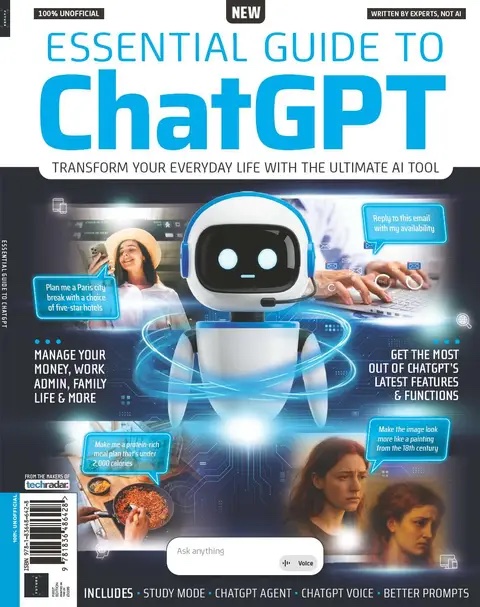
This article originally appeared as part of Essential Guide to ChatGPT, available now at MyFavoriteMagazines. Essential Guide to ChatGPT is full of top tips and expert advice, covering everything you need to know about the world’s most popular AI – from the basics to some of its latest features and functions.
Real life never goes to plan. You forget to buy something, or the shop is out of stock of that one ingredient you really need. Instead of abandoning a recipe, you can ask AI for substitutions. “What can I use instead of aubergine in this curry?” will give you a list of alternatives, with notes on how the flavour might change.
This flexibility makes recipes less rigid. You can adapt based on what you have without sacrificing the meal. It’s especially useful for allergies. If you need gluten-free or nut-free swaps, ChatGPT will flag safe alternatives quickly.
Cooking tips on demand
ChatGPT isn’t just about planning what to eat. It can also teach you skills in the moment. Stuck on how to cut a mango or how long to roast sweet potatoes? Ask and you’ll get step-by-step instructions. In fact, ChatGPT Advanced Voice Mode is perfect for this, allowing you to chat with AI as if it's a sous-chef in your kitchen. To activate, simply press the soundwave button next to the microphone in the ChatGPT app.
I tried this recently while making a grilled sandwich, because I wasn’t sure how to make the bread extra crispy. The answer was clear and practical: use mayonnaise. It was the kind of advice you’d get from a friend in the kitchen. At first, I was skeptical, but I gave it a try and now I’m hooked on using mayo on the outside of my toasties!
Personalising food to your lifestyle
Everyone eats differently, and ChatGPT can adjust to your lifestyle. Want quick meals for late nights? It will suggest recipes under 20 minutes. Cooking for kids? It will flag recipes that are easy to adapt for picky eaters. Training for a marathon? It can boost carbs around running days.
The personalisation is where AI beats static cookbooks. Instead of following a one-size-fits-all plan, you get something that adapts to your life.
ChatGPT won’t make you Gordon Ramsey
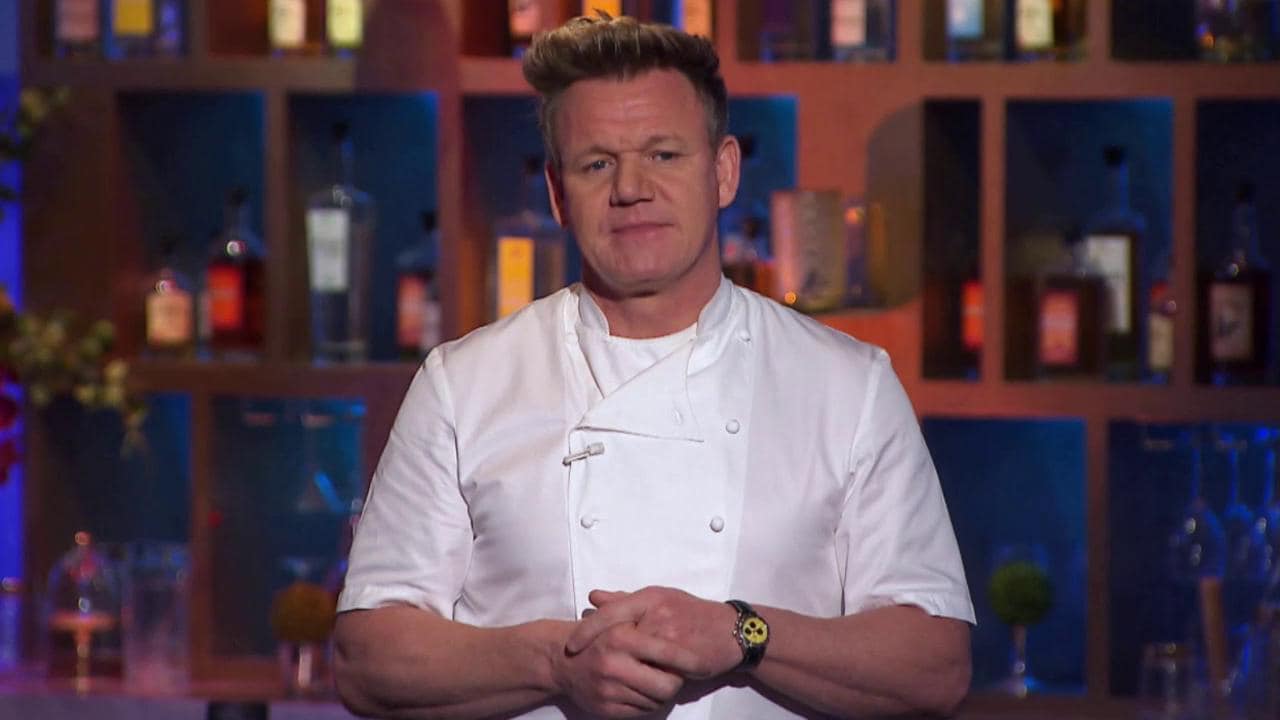
Sometimes ChatGPT recipes are a little unrealistic or use ingredients that aren’t common where you live. Always sanity-check before heading to the shop.
Nutrition data can also be hit or miss. If you have specific dietary needs, consult a professional rather than relying solely on AI.
And of course, taste is subjective. ChatGPT can give you structure, but I wouldn’t trust it 100%. In fact, just like all AI uses, use your common sense just in case ChatGPT hallucinates and tells you to put pineapple on a pizza.
Why AI makes food planning easier
I’m terrible at meal planning because I never think two days in advance. While ChatGPT doesn’t make you a chef, it does take the weight off by organising the basics. Lists, substitutions, batch plans, and nutritional targets are all handled in seconds. That leaves you with the fun part: actually cooking and eating.
For me, the biggest win is cutting out decision fatigue. I no longer waste energy deciding what to make each night. I have a plan, I have the ingredients, and I know it fits my goals. That simple shift makes home cooking less of a chore and more of a routine I can stick to.
AI meal planning isn’t glamorous, but it’s practical. It helps you figure out what to cook, generates recipes from what you have, balances nutrition, and builds shopping lists that make sense. It won’t chop onions for you, but it will save you from the 7 p.m. fridge stare.
If cooking has started to feel like a burden, ChatGPT might just bring back some joy.
Follow TechRadar on Google News and add us as a preferred source to get our expert news, reviews, and opinion in your feeds. Make sure to click the Follow button!
And of course you can also follow TechRadar on TikTok for news, reviews, unboxings in video form, and get regular updates from us on WhatsApp too.
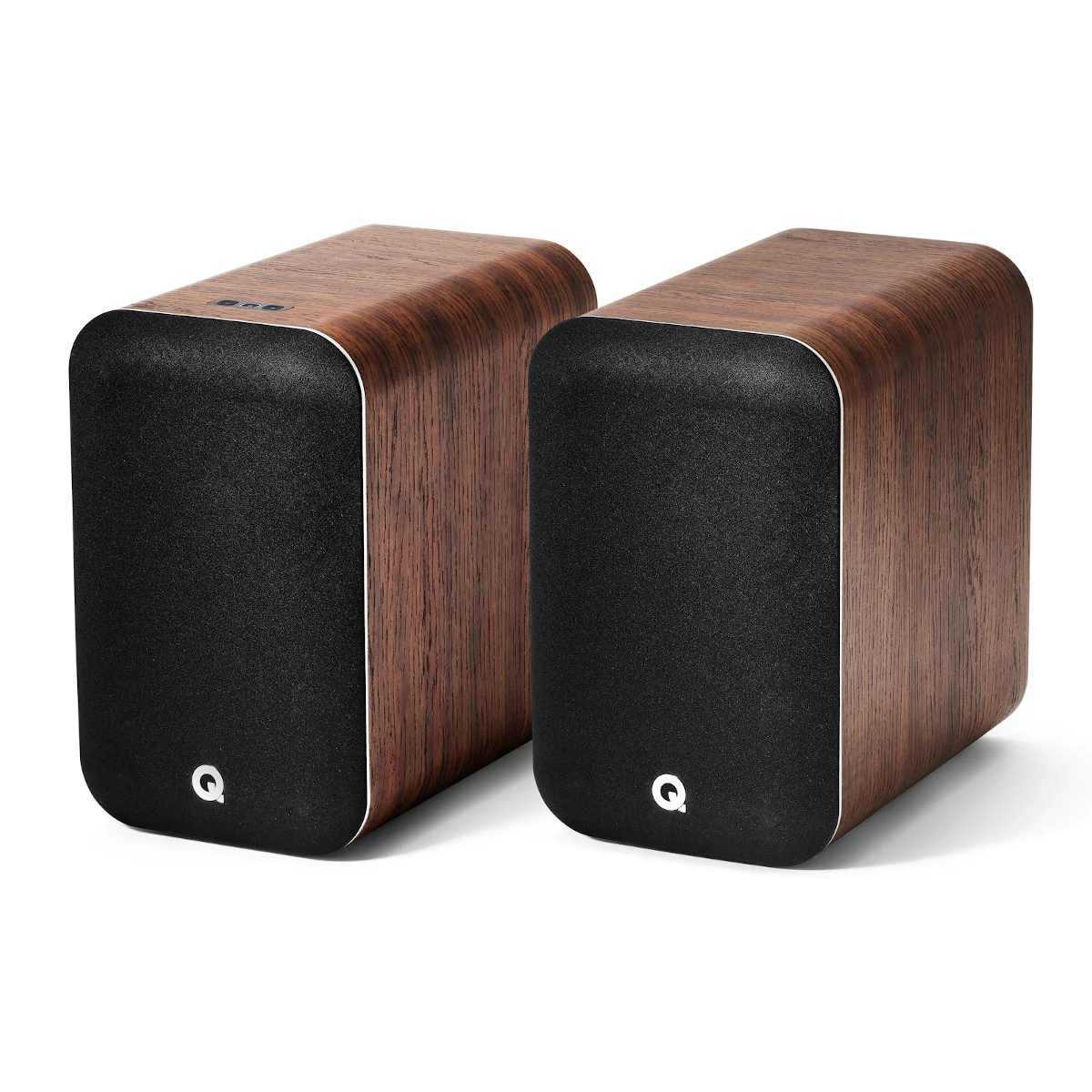
➡️ Read our full guide to the best stereo speakers
1. Best overall:
Q Acoustics M40 HD
2. Best compact:
Dali Rubikore 2
3. Best desktop speakers
Creative Pebble Nova
4. Best budget buy:
Q Acoustics M20 HD

John-Anthony Disotto is TechRadar's Senior Writer, AI, bringing you the latest news on, and comprehensive coverage of, tech's biggest buzzword. An expert on all things Apple, he was previously iMore's How To Editor, and has a monthly column in MacFormat. John-Anthony has used the Apple ecosystem for over a decade, and is an award-winning journalist with years of experience in editorial.
You must confirm your public display name before commenting
Please logout and then login again, you will then be prompted to enter your display name.